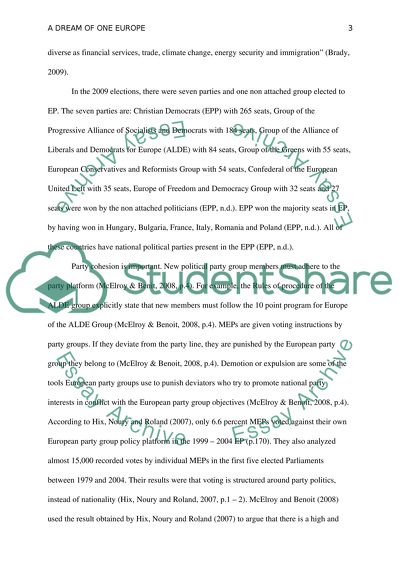Cite this document
(“A Dream of One Europe: The European Parliament and the Electoral Term Paper”, n.d.)
A Dream of One Europe: The European Parliament and the Electoral Term Paper. Retrieved from https://studentshare.org/history/1450395-the-european-parliament-and-the-electoral
A Dream of One Europe: The European Parliament and the Electoral Term Paper. Retrieved from https://studentshare.org/history/1450395-the-european-parliament-and-the-electoral
(A Dream of One Europe: The European Parliament and the Electoral Term Paper)
A Dream of One Europe: The European Parliament and the Electoral Term Paper. https://studentshare.org/history/1450395-the-european-parliament-and-the-electoral.
A Dream of One Europe: The European Parliament and the Electoral Term Paper. https://studentshare.org/history/1450395-the-european-parliament-and-the-electoral.
“A Dream of One Europe: The European Parliament and the Electoral Term Paper”, n.d. https://studentshare.org/history/1450395-the-european-parliament-and-the-electoral.


